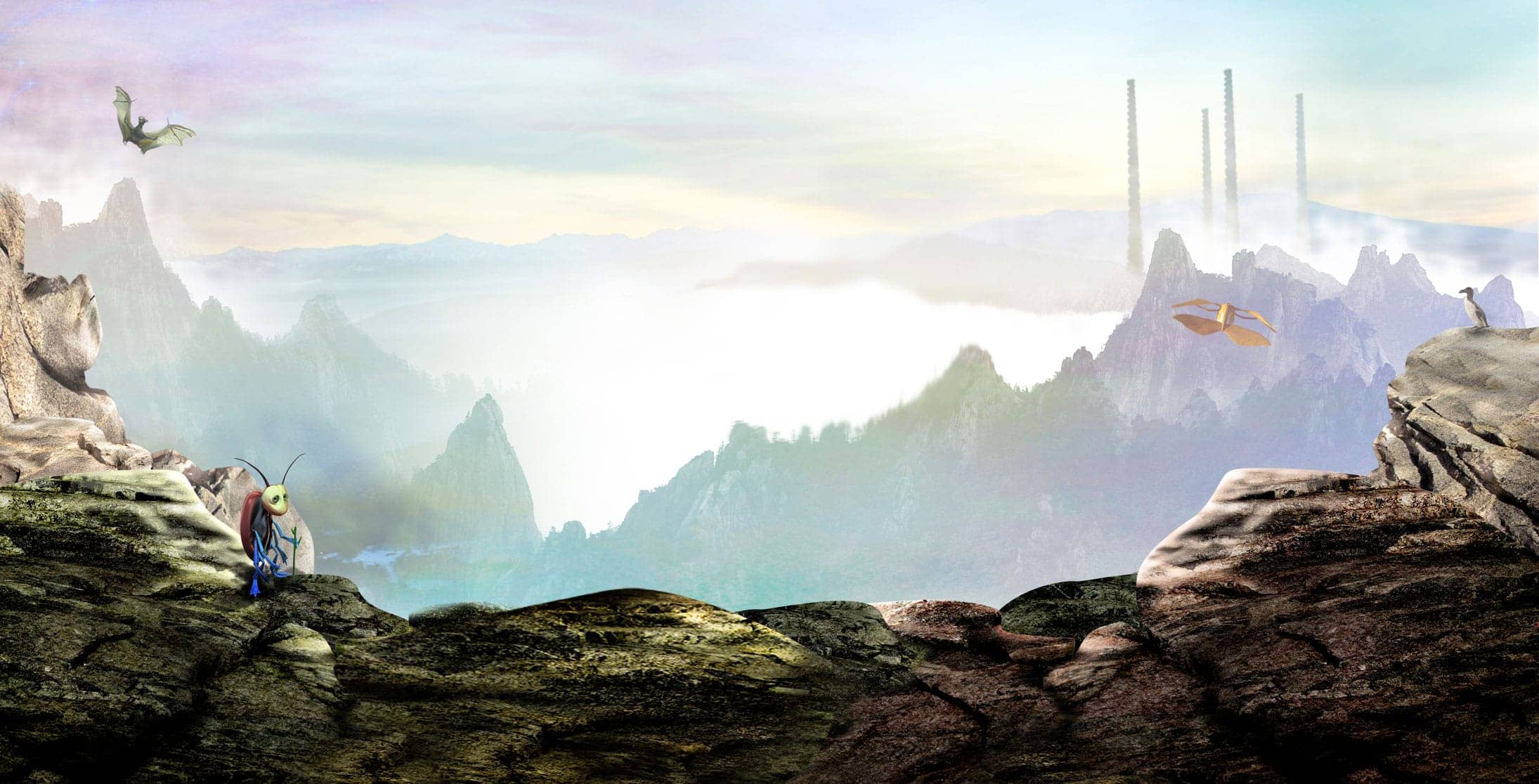Cuckoo wasps, notorious for their devious nesting habits, are emerging as unexpected heroes in the world of biomimicry. These cunning insects possess a surprising array of adaptations that are attracting the attention of scientists looking to develop new technologies.
But what exactly are cuckoo wasps?
Cuckoo wasps are a large group of parasitoid wasps, meaning their young develop by feeding on the larvae of other insects. However, unlike most parasitoids that lay their eggs directly on the host, cuckoo wasps have evolved a more elaborate strategy.
Why are they interesting to biomimicry researchers?
These devious wasps target the nests of other wasp species, often burrowing into the nest and laying their eggs directly into the host’s brood chamber. Their wasp larva then hatches and develops, consuming the host’s offspring. This parasitic behaviour has led to the evolution of some remarkable adaptations in cuckoo wasps. One key area of interest is their ovipositor, the egg-laying organ.
Remarkable adaptations
The ovipositor of some cuckoo wasps is a marvel of micromechanics, able to pierce through the tough walls of a host’s nest and deposit eggs with incredible precision. This has inspired researchers in the field of microfluidics, the study of manipulating fluids on a microscopic scale. By mimicking the design and function of the cuckoo wasp’s ovipositor, scientists hope to develop new microfluidic devices for precise drug delivery or other medical applications.
Wasp Control?
Another intriguing adaptation is the ability of certain cuckoo wasps to mimic the pheromones of their host species. These chemical signals are essential for communication among wasps, because these colourful wasps can use them to disguise themselves and gain entry into the host’s nest. Understanding how these wasps manipulate pheromones could lead to the development of new pest control methods. By mimicking the host’s communication chemicals, scientists could potentially disrupt mating or repel other wasps from an area.
Nature has all the Answers
Cuckoo wasps are just one example of how the natural world is brimming with innovative solutions to complex problems. By studying these tiny tricksters, biomimicry researchers are unlocking new possibilities for technological advancement. So these colourful Cuckoo Wasps are inspiring a new generation of bio-inspired designs.
Resources for Teachers and Families
For even more exploration of the natural world, tune in to our ‘Stories, Science, and Secrets’ podcast for kids. Join Matthew, Elaine, Steve Punt, and special guests, as we delve into the fascinating world of biomimicry and the inspiring ways science learns from nature’s genius.
Download our FREE lesson plans and slides about Extinction and Biomimicry, themes in our stories.
Click here to access our ‘SECRETS OF LIFE’ biomimicry and discoveries directory. It features more fascinating breakthroughs made possible by the study of plants and animals.

